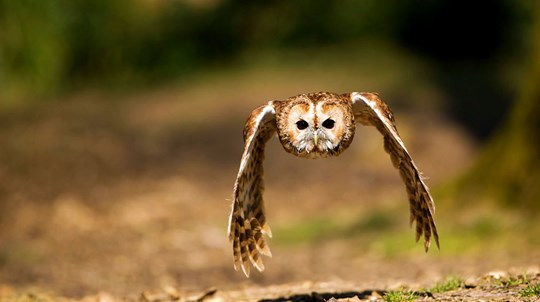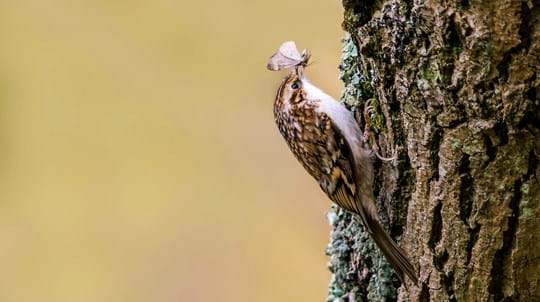
Credit: FLPA / Alamy Stock Photo
How do woodcocks breed?
The breeding season for woodcocks takes place from March to July. Males put on a display known as ‘roding’ in order to attract a female. Roding involves the male flying theatrically over the treetops while performing a mating call. Several males will usually compete for airspace during this time.
Nests are built in hollows on the ground using leaves and other vegetation. One or two eggs are laid, hatching after 21-25 days. Chicks fledge just over two weeks later.









